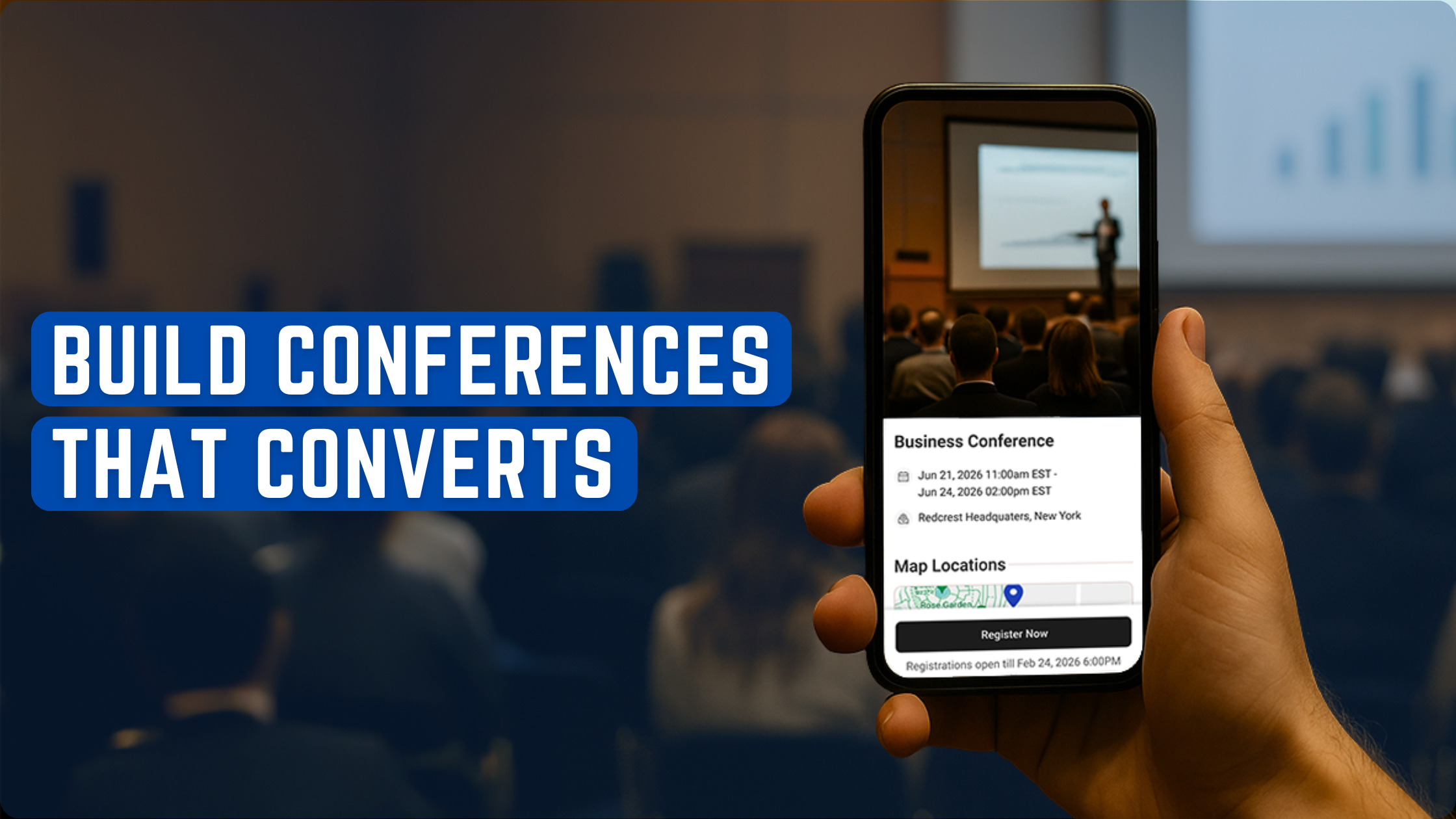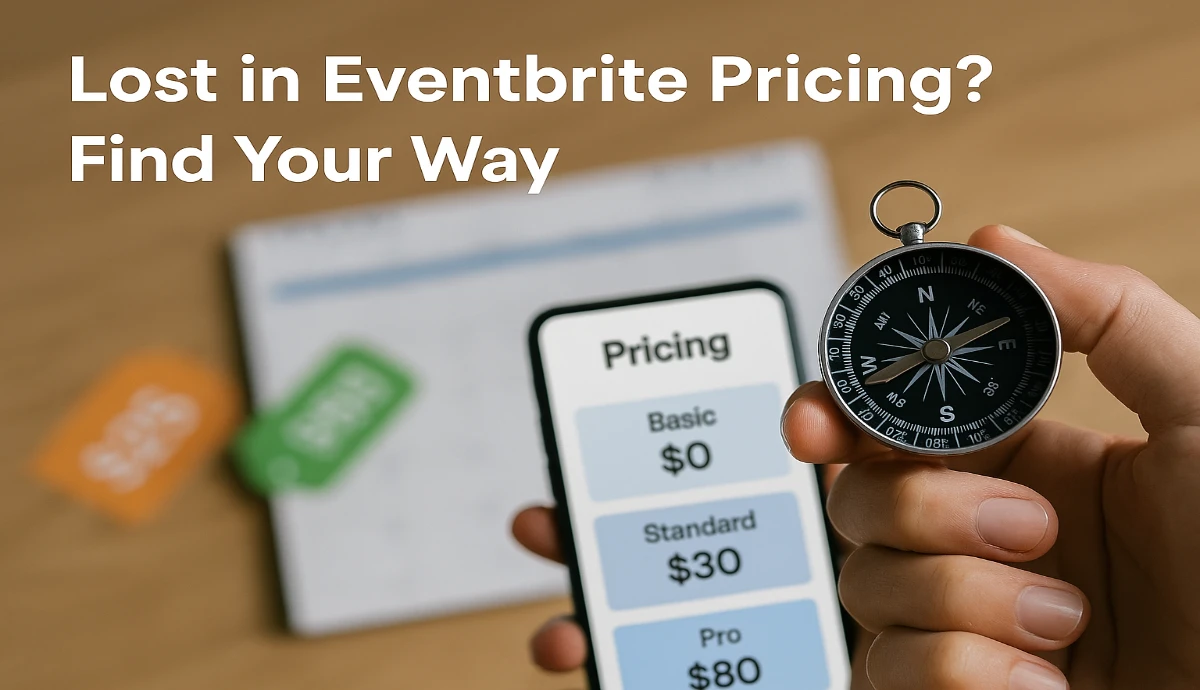Analyzing customer feedback from a charity event is crucial to understanding the success of the event and identifying areas for improvement. By analyzing the feedback, you can gain valuable insights into attendee satisfaction, event logistics, and fundraising efforts. However, analyzing the feedback can be a daunting task, especially if you don't know where to start.
The first step in analyzing customer feedback is to gather all the feedback in one place. This can be achieved by using a survey tool or collecting feedback through social media channels. Once you have collected the feedback, it's important to categorize it based on the type of feedback. For example, you can categorize feedback into positive, negative, and neutral feedback. This will help you identify areas of improvement and also highlight the strengths of the event.
After categorizing the feedback, you need to analyze it to gain insights. Look for recurring trends in the feedback, such as common complaints or areas where attendees were particularly satisfied. You can also use sentiment analysis to determine the overall sentiment of the feedback. This will help you identify areas that need improvement and also help you prioritize areas for improvement. By following these steps, you can effectively analyze customer feedback from a charity event and use the insights gained to improve future events.
Gathering Customer Feedback
Collecting customer feedback is crucial in understanding their experience and satisfaction with your charity event. There are several effective ways to gather customer feedback:
Designing Effective Feedback Forms
Designing effective feedback forms is essential to ensure you receive quality feedback from your attendees. Keep the following tips in mind when designing feedback forms:
- Keep the form short and concise to encourage attendees to complete it.
- Use clear and simple language to avoid confusion.
- Include open-ended questions to allow attendees to provide detailed feedback.
- Use a rating scale to measure satisfaction levels.
Conducting Post-Event Surveys
Conducting post-event surveys is an effective way to gather feedback from attendees after your charity event. Here are some tips for conducting post-event surveys:
- Send the survey within 24-48 hours after the event to ensure attendees remember their experience.
- Use a combination of closed and open-ended questions to gather both quantitative and qualitative feedback.
- Offer an incentive, such as a prize or discount code, to encourage attendees to complete the survey.
Utilizing Social Media and Online Platforms
Social media and online platforms are great tools to gather feedback from attendees who may not have completed a feedback form or survey. Here are some tips for utilizing social media and online platforms:
- Monitor social media channels for feedback and respond promptly to any negative feedback.
- Create a hashtag for your event to encourage attendees to share their experience on social media.
- Utilize online platforms, such as Yelp or Google Reviews, to gather feedback from attendees who may not have attended your event.
By utilizing these methods, you can gather valuable feedback from your attendees to improve future charity events.
Analyzing Feedback
After collecting customer feedback from your charity event, it's important to analyze the data to identify areas of improvement and measure overall satisfaction. Here are some key steps to follow when analyzing feedback:
Identifying Common Themes and Patterns
The first step in analyzing customer feedback is to identify common themes and patterns. This can be done by reading through the feedback and categorizing it based on the topics or issues mentioned. For example, if multiple customers mentioned that the event was too crowded, you can create a category for "crowding" and assign those comments to that category.
Once you have identified common themes, you can prioritize them based on the frequency and severity of the issues. This will help you focus on the most important areas to address.
Quantitative vs. Qualitative Analysis
Customer feedback can be analyzed using both quantitative and qualitative methods. Quantitative analysis involves looking at numerical data, such as ratings or scores, to identify trends and patterns. Qualitative analysis, on the other hand, involves analyzing written or spoken feedback to identify themes and insights.
Both methods can be useful when analyzing customer feedback, and it's important to use a combination of both to get a complete picture of customer satisfaction.
Using Feedback Analysis Tools
There are a variety of tools available to help you analyze customer feedback, from simple spreadsheets to more advanced sentiment analysis software. These tools can help you quickly identify common themes and patterns, and some can even provide insights into the sentiment behind the feedback.
When choosing a feedback analysis tool, consider your budget, the size of your dataset, and the level of analysis you require. Some popular options include Thematic [1], Dovetail [2], and SentiSum [3].
By following these steps and utilizing feedback analysis tools, you can gain valuable insights into customer satisfaction and identify areas for improvement at your charity event.
Conclusion
Analyzing customer feedback from a charity event is crucial to understanding the success of the event and identifying areas for improvement. By following the steps outlined in this article, you can effectively analyze your survey data and gain valuable insights into attendee satisfaction, event logistics, and fundraising.
To summarize, start by defining your goals and objectives for the event. Then, design your survey questions to capture the necessary data points. After collecting the data, organize and analyze it using tools such as spreadsheets or data analysis software. Finally, interpret the results and use them to make informed decisions about future events.
To make the process easier, consider using a ticketing platform such as Ticket Generator. With Ticket Generator, you can generate valuable event insights, track attendance, and validate tickets using QR codes. Additionally, Ticket Generator provides customizable ticket templates, ticket sharing options via social media platforms, and 10 free tickets after signup.
Related Posts:
- Generating Event Insights Made Easy
- Streamlined Ticket Validation with the Ticket Generator
- Create Memorable Events with Ticket Templates
- Send Custom Tickets Seamlessly with the Ticket Generator
By utilizing the resources provided by Ticket Generator and following the steps outlined in this article, you can effectively analyze customer feedback from your charity event and improve your future events.






.gif)





